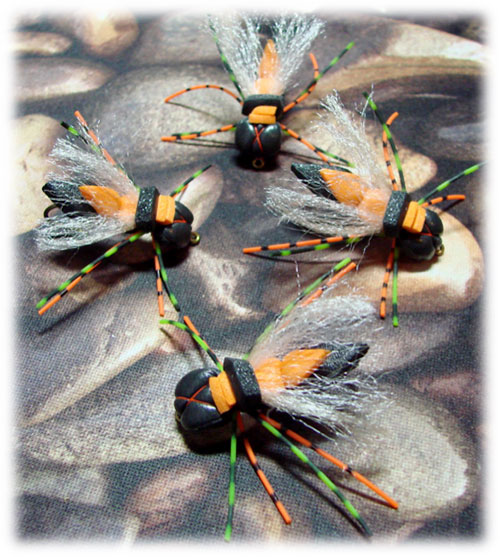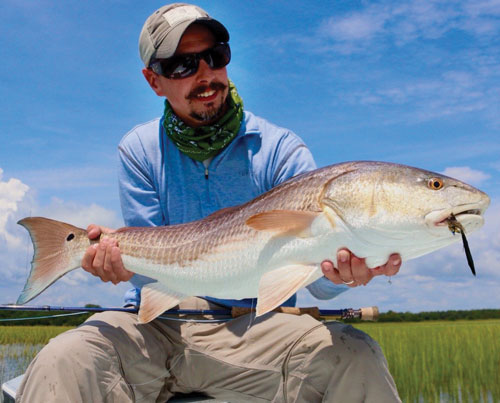With summer on its way, terrestrial season begins to ramp up. One of the largest sources of food during the terrestrial season may be the cicada. These “locusts” as they are commonly referred to are not locusts at all. Locusts are actually a species of grasshoppers. Cicadas in the U.S. are a member of the superfamily Cicadoidea and a species within Cicadidae. The cicada of focus in Western North Carolina this year is a very special one. The year 2017 marks the emergence of the periodic cicada Brood VI. This is a 17-year cicada nymph emergence. This cicada nymph will only emerge once every 17 years. This will happen in great numbers and the theory behind the number of nymphs is called “Predator Satiation”. This term essentially means that predators of the nymphs will become stuffed in the first day or two and stop feeding on the nymphs. This will allow the nymphs that are left to continue their life cycle and be allowed mate and lay eggs.
The emergence of cicadas happens every year but not in the numbers that we should see this year. With this large amount of insect activity, this should be an excellent food source for not only trout, but also bass and pan fish alike. With insects of this size in great numbers, some of the biggest fish in the river should start to let down their guard to feed on this large protein rich source. Anglers may get the opportunity to use large dry flies and heavier tippets, making this a very unique experience.
This Cicada pattern is a variation of a popular fly designed by Charlie Card. It is easy to tie, floats like a cork and extremely effective. As always, best wishes and tight lines!
Hook: Tiemco #8089, Sizes 10
Thread: UNI-Thread 6/0, Fire Orange
Body: 1/8” Evazote Foam, Black. (Approx ½” wide strip.)
Body 2: 2mm Craft Foam in orange. (Slightly slimmer than Evazote.)
Under Body: Orange Awesome ‘Possum Dubbing
Wing: Antron Yarn, White.
Wing 2: Antron Yarn, Tan.
Indicator: 2mm Craft Foam in orange.
Legs: Barred Orange Rubber Legs.
Legs 2: Barred Green Rubber Legs.
(Tip: Carefully round the edges of the foam with a lighter. Be careful not to get too close as it will melt the foam.)
Dustin Stanberry is an instructor at Biltmore Fly Fishing and Sporting Clays located in Asheville, NC.

